These Office to Farm Conversions Could Revolutionize How We Live and Eat [Daily CRE SPECIAL REPORT Part 1 of 3]
Editor’s Note: This is Part 1 of a 3-part series looking at how office-to-farm conversions could provide a way out for distressed office owners, investors, and others that are dealing with this most monumental of modern real estate conundrums.
Subscribe below to get Part 2 delivered directly to your inbox alongside the daily commercial real estate news updates you need to read in order to be a truly informed commercial real estate market participant. To jump to Part 2, click here, for Part 3, click here.
In the wake of a global pandemic, our planet has seen an unprecedented shift in how many of us work.
To drive this point home, I’m posting right now as a full-time remote worker- and I’m certainly not alone.
Source: Harvard Business Review
The rise of remote work has led to a decline in office space utilization, leaving vast urban landscapes dotted with vacant high-rises and empty cubicles. But what if these dormant spaces could be transformed into vibrant hubs of sustainability?
Enter the concept of office to farm conversions – a revolutionary idea that repurposes underused office buildings into productive agricultural centers right in the heart of cities.
IMAGE: Sparrows Point, Baltimore, once the home of Bethlehem Steel, is now the site of a 100,000 sq ft greenhouse from Gotham Greens, delivering fresh greens to stores across DC, Maryland, Virginia, and Pennsylvania.
Many firms, like Brooklyn-based Gotham Greens (pictured above) believe there is untapped potential of converting office spaces into residential farms. This firm, and many others like them, are exploring this brave new world of tech-driven urban agricultural production.
In this series, I’m going to highlight some completed projects, potential future endeavors, as well as the multifaceted benefits potentially offered in the space. Best case scenario, with the right innovations and adaptive reuse, we may witness a radical reimagining of urban life where local food production thrives amidst former corporate offices.
A Growing Trend: From Cubicles to Crops
Amidst empty desks and silent conference rooms lies an opportunity for renewal and growth—quite literally. As urban agriculture gains momentum, concepts like vertical farming become more than just buzzwords; they're solutions to real-world problems.
What exactly is “Urban Agriculture?”
Urban agriculture refers to growing plants and raising animals within and around cities, bringing fresh produce closer to urban consumers. Vertical farming takes this concept up a notch—quite literally—by cultivating crops in stacked layers within buildings like skyscrapers or warehouses.
Historically, urban spaces have always been arenas for trade, including food markets and even urban farms, which were common until the dawn of the industrial age. In fact, Gotham Farms is not exactly treading new ground as a New York-based urban farm.
The Bowery, currently the oldest thoroughfare on the island of Manhattan, once served as a farm, in operation until at least the late 1800s. In fact, when the Dutch settled the area they named the path “Bouwerij,” an old Dutch word for farm. That’s definitely not what comes to mind when one visits today.
The Bowery Farm, 1864. Source.
This trend continued up until the dawn of the industrial age. when producing food within city limits became viewed as impractical due to space limitations and industrial pollution concerns. Not to mention the fact that we as a society needed more land to feed an exponentially growing population.
At the start of the industrial revolution, urban farming technology was in its infancy, with little distinction between urban farms and their rural cousins in the form of tools, implements, techniques, etc.
This triangular farm sat at the junction of Broadway and Eighth Ave in Manhattan’s Upper West Side during the Civil War in 1861. Source.
Today's environmental challenges—climate change, food miles reduction needs—and societal shifts toward sustainability are driving interest back towards urban farming.
Cities worldwide are grappling with how best to utilize vacant office spaces while addressing pressing issues like food security and climate change resilience.
Transforming unused offices into green growing spaces is an innovative approach that could yield significant benefits for city-dwellers, and take some of the burden off of over-harvested, degraded farmland in many parts of the US. After all, no one wants a repeat of The Dust Bowl.
Urban agriculture encompasses a variety of food-growing practices within city environments, including:
While all of these urban farms have their place, we’re going to focus on a few of the more prominent options, those which likely will have the largest effects on the market (and our food supply), as well as those with high potential for a successful urban-to-office conversion.
Apologies to city-bound beekeepers- but maybe we will do a series on urban apiaries in future days.
Urban Farming Models Suitable for Office Conversion
Among the various models of urban agriculture, certain property types stand out for their compatibility with the unique constraints and opportunities presented by former office buildings.
Vertical Farms
Vertical farming is a specific type of urban agriculture that optimizes space by growing crops in vertically stacked layers, often incorporating controlled environment agriculture (CEA) technologies to create optimal conditions for plant growth.
Why Vertical Farms Make Sense for Office-to-Farm Conversions
-Space Optimization: Vertical farming maximizes space by growing crops in vertically stacked layers, often indoors.
-Existing Infrastructure: Office buildings, with their high ceilings and multiple floors, are well-suited for vertical farming systems.
-Minimal Structural Changes: The controlled environment within an office building provides an ideal setting to manage factors like light, temperature, and humidity—essential for vertical farming success.
Indoor Hydroponic Farms
Indoor hydroponics is a method of growing plants in a water-based, nutrient-rich solution without soil. It is particularly suited to urban environments due to its efficient use of space and ability to create a controlled environment.
Why Indoor Hydroponic Farms Make Sense for Office-to-Farm Conversions
-Resource Efficiency: Hydroponic systems recycle water and nutrients leading to less waste and lower water usage—a critical benefit in urban settings.
-Year-Round Production: The indoor nature of hydroponics allows for continuous crop production regardless of external weather conditions.
-Scalable Systems: Hydroponic setups can vary from small modular units to large-scale productions, making them adaptable to different sizes and layouts of office spaces.
Rooftop Gardens
Rooftop gardens transform unused rooftop spaces into areas for cultivating fresh produce. They provide numerous benefits such as reducing building cooling costs and mitigating the urban heat island effect.
Why Rooftop Gardens Make Sense for Office-to-Farm Conversions
-Utilization of Unused Space: Many office buildings have flat roofs that are underutilized and can be converted into productive green spaces.
-Environmental Benefits: Besides producing food, rooftop gardens improve air quality and contribute to building insulation.
-Community Engagement: They create accessible green areas that can serve as community gathering spots or recreational areas for building occupants.
Aquaponics
Aquaponics combines aquaculture (raising fish) with hydroponics (growing plants without soil) in a closed-loop system where fish waste provides nutrients for plants which, in turn, purify the water.
-Symbiotic System Efficiency: Aquaponic systems are highly sustainable due to their recycling of waste products and reduction in the need for fertilizers.
-Diverse Production Capabilities: They allow simultaneous production of both plant crops and fish protein within an office setting.
-Educational Opportunity: Aquaponic setups offer educational insights into sustainable agriculture practices that could be leveraged by companies as part of their corporate social responsibility initiatives.
In tomorrow’s newsletter I’m going to highlight some current projects that are on the bleeding edge of urban farming, including several that could potentially be the answer to office owners’ prayers.
Unfortunately, we’ve reached our email text limit, so you’ll have to wait until tomorrow to finish this examination of all things urban farming.
Subscribe below for Part 2 of this special report on Office-to-Farm conversions. Hit the subscribe button for immediate access.
These Office to Farm Conversions Could Revolutionize How We Live and Eat [Daily CRE SPECIAL REPORT Part 2 of 3]
Thanks for reading Unreal Assets Daily CRE Update! Subscribe for free to receive new posts and support my work. Editor’s Note: This is Part 2 of a 3-part series looking at how office-to-farm conversions could provide a way out for distressed office owners, investors, and others that are dealing with this most monumental of modern real estate conundrums.
These Office to Farm Conversions Could Revolutionize How We Live and Eat [Daily CRE SPECIAL REPORT Part 3 of 3]
Thanks for reading Unreal Assets Daily CRE Update! Subscribe for free to receive new posts and support my work. Editor’s Note: This is Part 3 of a 3-part series looking at how office-to-farm conversions could provide a way out for distressed office owners, investors, and others that are dealing with this most monumental of modern real estate conundrums.





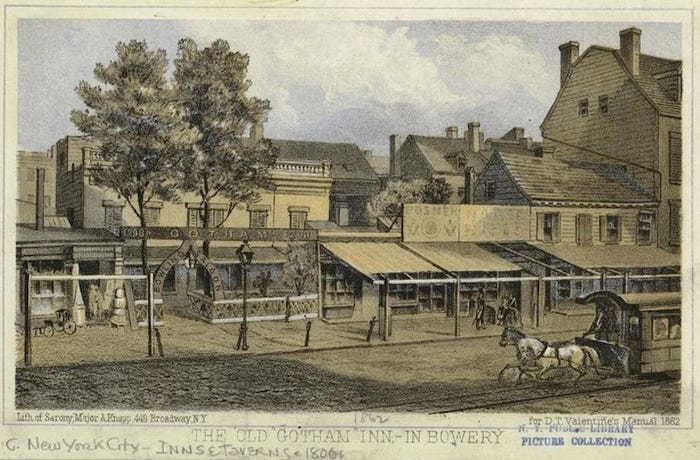
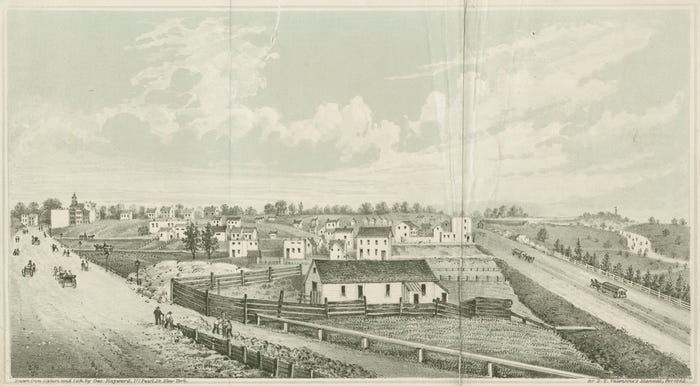

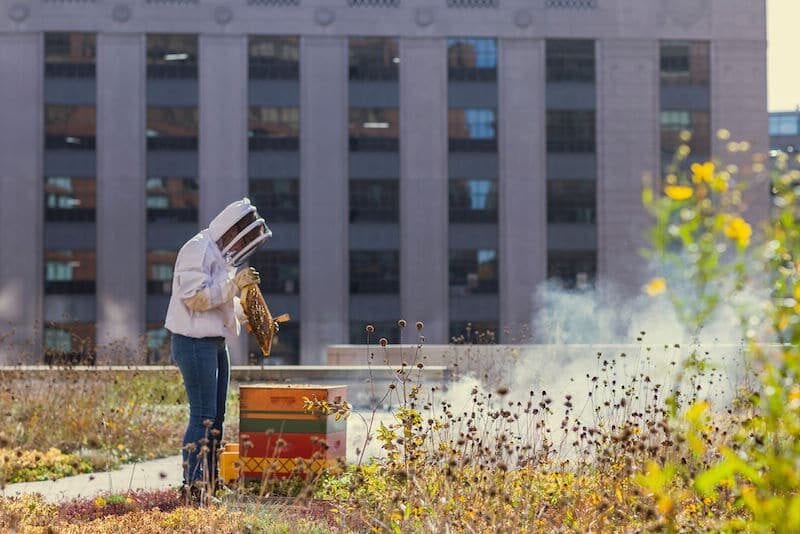
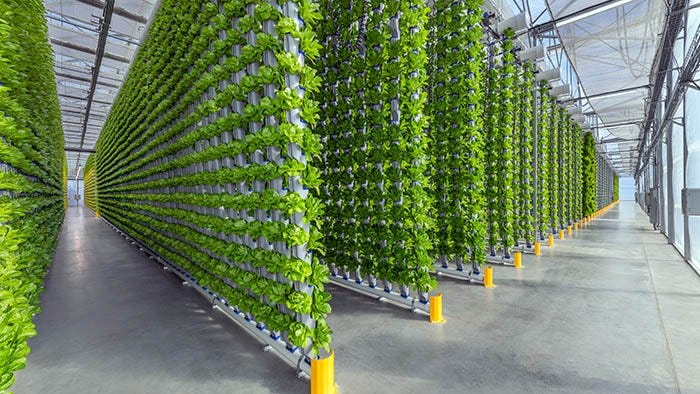
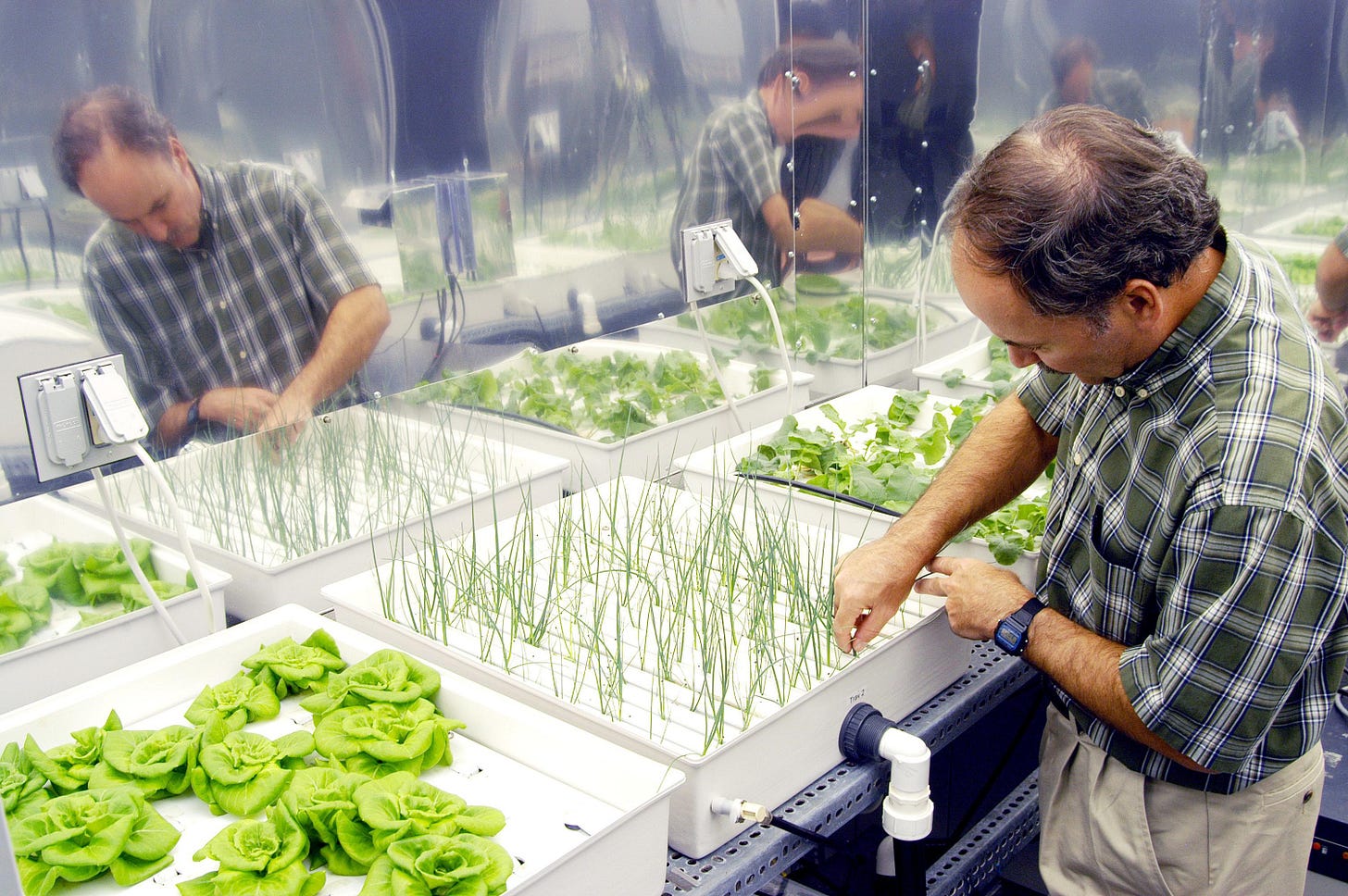
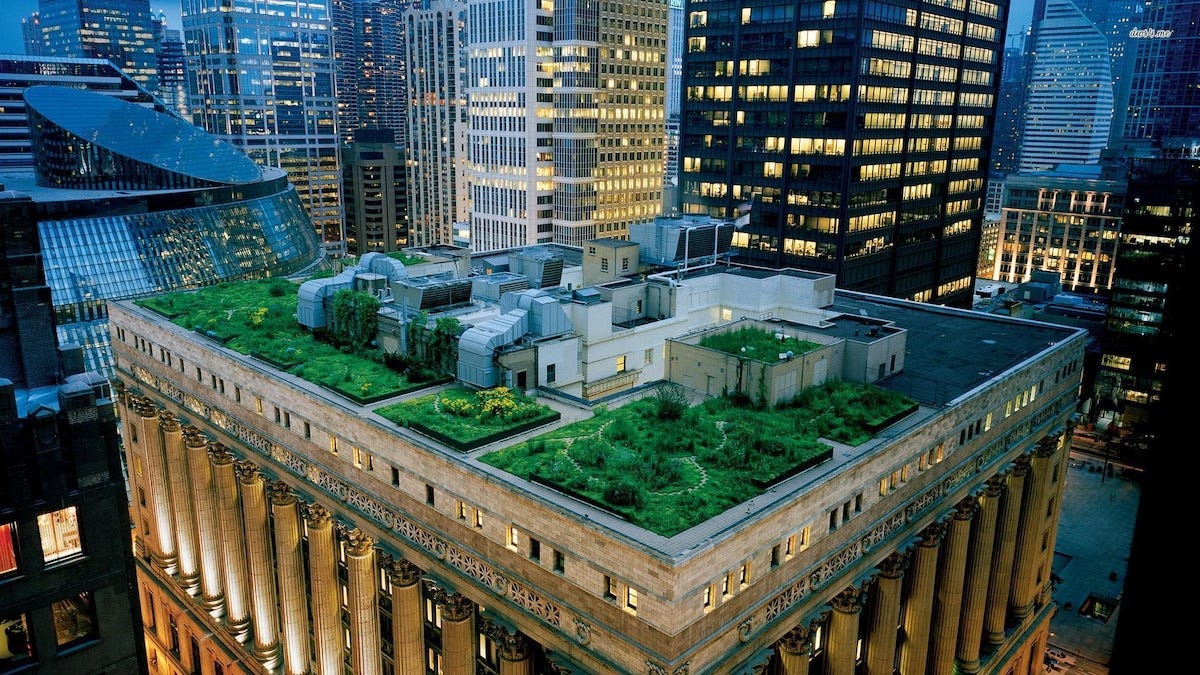
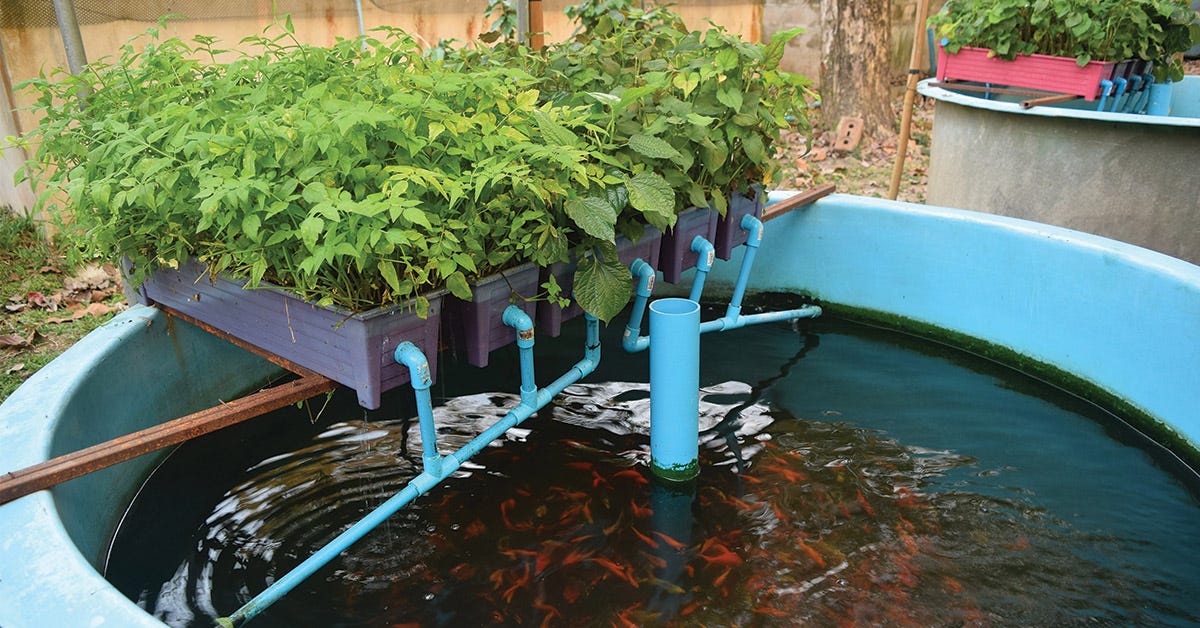
![These Office to Farm Conversions Could Revolutionize How We Live and Eat [Daily CRE SPECIAL REPORT Part 2 of 3]](https://substackcdn.com/image/fetch/$s_!Acrs!,w_1300,h_650,c_fill,f_auto,q_auto:good,fl_progressive:steep,g_auto/https%3A%2F%2Fsubstack-post-media.s3.amazonaws.com%2Fpublic%2Fimages%2F38f06584-957b-468d-9214-44ce8e46305b_1384x1038.jpeg)
![These Office to Farm Conversions Could Revolutionize How We Live and Eat [Daily CRE SPECIAL REPORT Part 3 of 3]](https://substackcdn.com/image/fetch/$s_!fHCc!,w_1300,h_650,c_fill,f_auto,q_auto:good,fl_progressive:steep,g_auto/https%3A%2F%2Fsubstack-post-media.s3.amazonaws.com%2Fpublic%2Fimages%2F9c3714b1-9ece-451d-824a-14b0e5827edd_1500x900.jpeg)